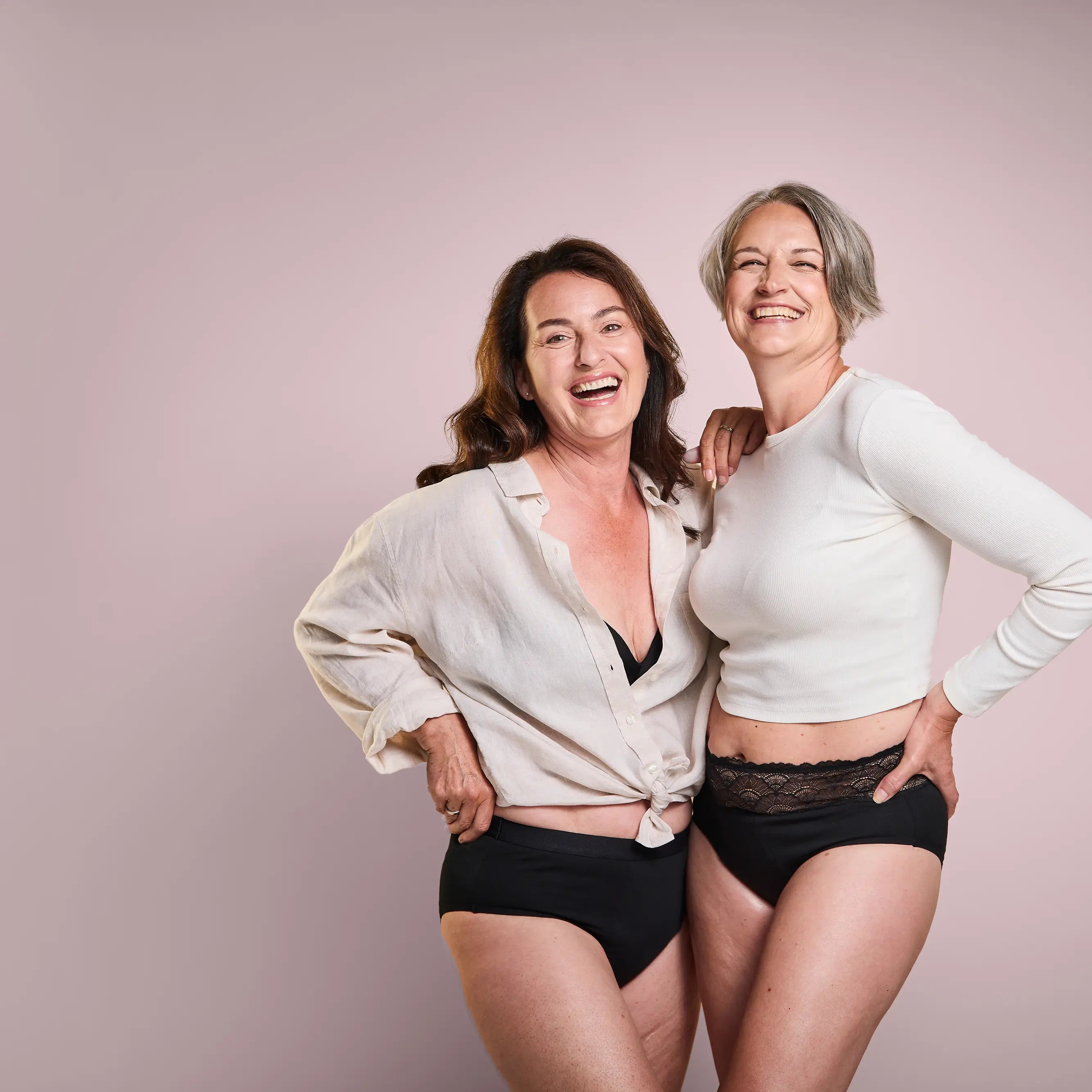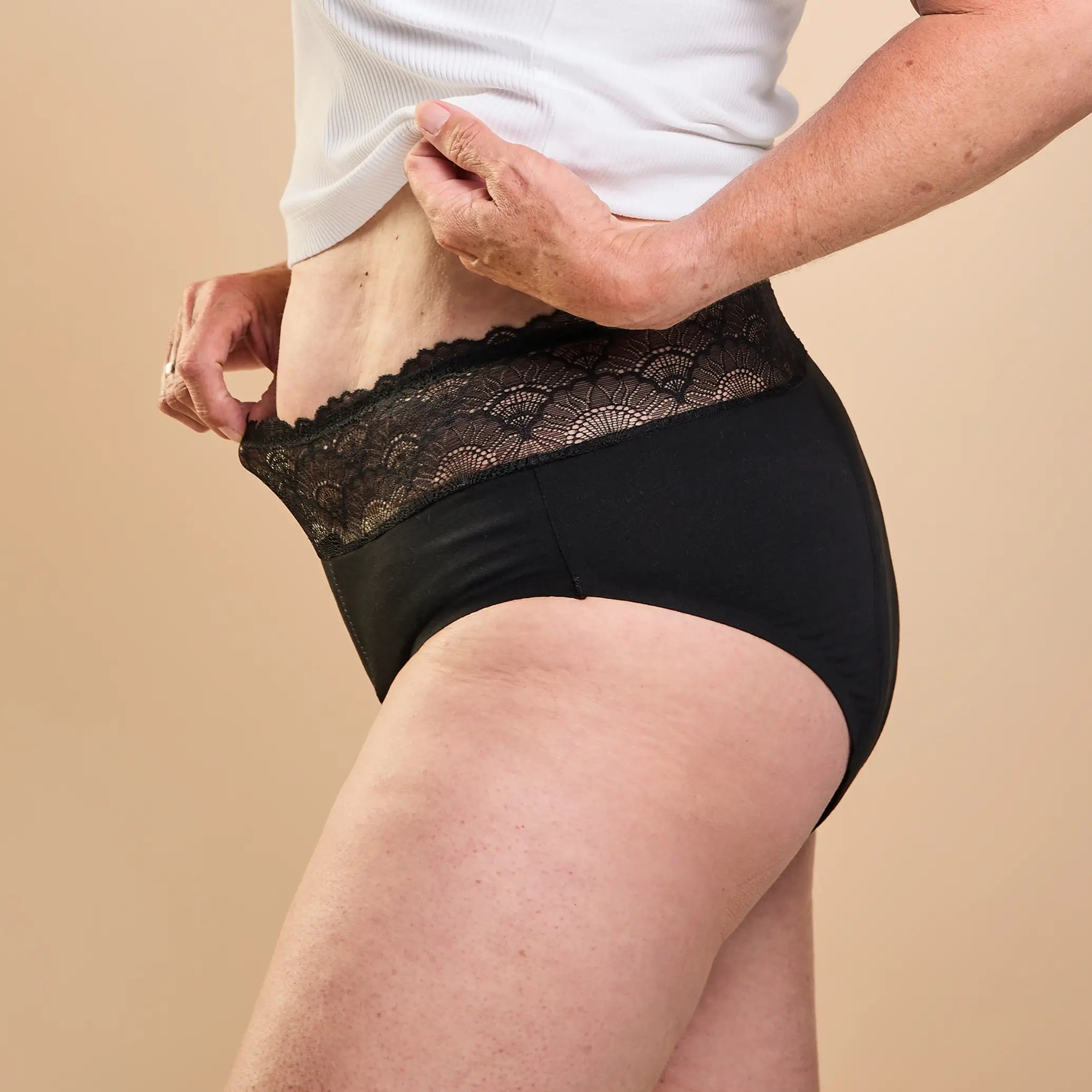Urinary incontinence in adults: A comprehensive look
Although the topic of urinary incontinence in adults affects many people, it usually remains hidden. It is important to highlight the various aspects of this sensitive topic and to openly communicate the ways in which those affected can improve their quality of life. The causes, symptoms, diagnosis and treatment options for adults with urinary incontinence vary greatly. However, in most cases it is possible to restore quality of life and treat adult urinary incontinence effectively.
What is adult urinary incontinence?
Urinary incontinence in adults is the involuntary loss of urine. It is a widespread problem that can affect both men and women of all ages. The symptoms can range from occasional dribbling to a complete loss of control. Contrary to popular belief, urinary incontinence in adults is not an inevitable sign of ageing, but a medical problem that can be successfully treated in many cases. Careful personal hygiene is very important for those affected in order to prevent skin irritation and maintain their well-being.
Forms of urinary incontinence in adults
There are different types of urinary incontinence in adults, each of which has different causes and requires different treatment approaches:
- Stress incontinenceStress incontinence: This is the loss of urine during physical exertion, such as coughing, sneezing or lifting heavy objects. This form is particularly common in women after pregnancy or during the menopause.
- Urge incontinenceAffected persons experience a sudden, strong urge to urinate, which they cannot satisfy in time. This can be caused by overactivity of the bladder muscles.
- Mixed incontinenceA combination of stress and urge incontinence, which is particularly common in older women.
- Overflow incontinenceThis is when there is constant dribbling due to an overfilled bladder. This can be caused by a blockage in the urethra or weakened bladder muscles.
- Functional incontinenceIn this case, the bladder function is intact, but due to physical or mental limitations, those affected cannot reach the toilet in time.
Causes of urinary incontinence in adults
The causes of urinary incontinence in adults are varied and can be both physical and psychological:
- Pregnancy and childbirthThe strain on the pelvic floor during this time can lead to a weakening of the muscles.
- Prostate problems: In men, diseases or operations on the prostate can lead to incontinence.
- Being overweightExtra weight increases the pressure on the pelvic floor muscles.
- Neurological diseasesDiseases such as multiple sclerosis or Parkinson's disease can affect bladder control.
- Side effects of medicationSome medications can affect bladder function.
- Age-related changes: With increasing age, the elasticity of the bladder can decrease.
- Urinary tract infectionsRecurrent infections can lead to incontinence.
- Hormonal changes: In menopausal women in particular, a lack of oestrogen can contribute to incontinence.
Treatment options for urinary incontinence in adults
The treatment of urinary incontinence in adults depends on the type and severity of the symptoms. There are various therapeutic approaches, which are often combined:
- Pelvic floor trainingTargeted exercises can strengthen the muscles and improve bladder control.
- Behavioral therapyThis teaches those affected to "train" their bladder and better control the urge to urinate.
- Drug treatmentThere are various medications that can influence bladder function.
- Electrical stimulation: Targeted electrical impulses can be used to strengthen the pelvic floor muscles.
- Surgical interventionsIn severe cases, surgical interventions such as the insertion of an artificial sphincter or a sling may be necessary.
- BiofeedbackThis method helps patients to improve control over their pelvic floor muscles.
- PessariesThese aids can be used in women to support the urethra.
Living with urinary incontinence in adults
Living with adult urinary incontinence can be a challenge, but those affected can significantly improve their quality of life with a few simple measures. An open approach to the subject is of great importance. Talking to trusted people, whether within the family or among friends, can ease the psychological burden and reduce the feeling of isolation. Adjusting your diet also plays an important role. Certain foods and drinks, such as caffeinated or spicy foods, can increase the symptoms and should therefore be avoided wherever possible. A fixed schedule of regular visits to the toilet can help to relieve the bladder and prevent unwanted urine leakage, giving back a sense of control. Modern incontinence products also offer safety and discretion in everyday life. These products are now developed in such a way that they are barely noticeable and yet offer a high level of protection. Appropriate intimate caresupported by high-quality intimate shaversalso contributes to personal hygiene and well-being. Regular physical activity should also not be neglected, as exercise can alleviate symptoms and contribute to general health. With these measures, those affected can lead an active and self-determined life despite urinary incontinence.
Psychological aspects of urinary incontinence in adults
The psychological burden of urinary incontinence in adults should not be underestimated. Many of those affected suffer from feelings of shame and embarrassment, experience social isolation and withdraw. They can suffer from depression and anxiety, have reduced self-esteem and experience impairments in their relationships and sexuality.
Ways of coping with urinary incontinence
Urinary incontinence in adults is a complex and wide-ranging issue that can vary from person to person. Although the challenges are many and varied, there are effective treatments and support options that can help those affected to improve their situation and lead a normal life. The importance of a comprehensive therapeutic approach that takes into account both physical and psychological aspects cannot be overemphasized. It is important that those affected speak openly about their situation and seek professional help in order to achieve the best possible results.
Educating the public and destigmatizing the issue is also crucial to raising awareness and helping sufferers to seek support without shame or fear. Through a combination of medical treatment, psychological support and personal lifestyle adjustments, people with urinary incontinence can achieve a high quality of life and actively manage their daily lives.











